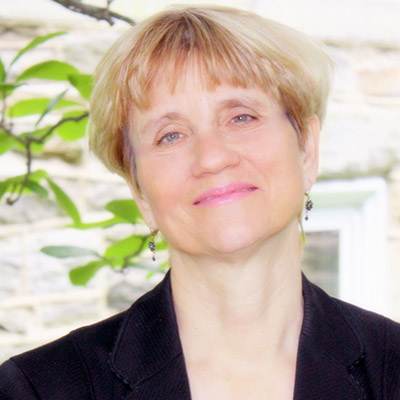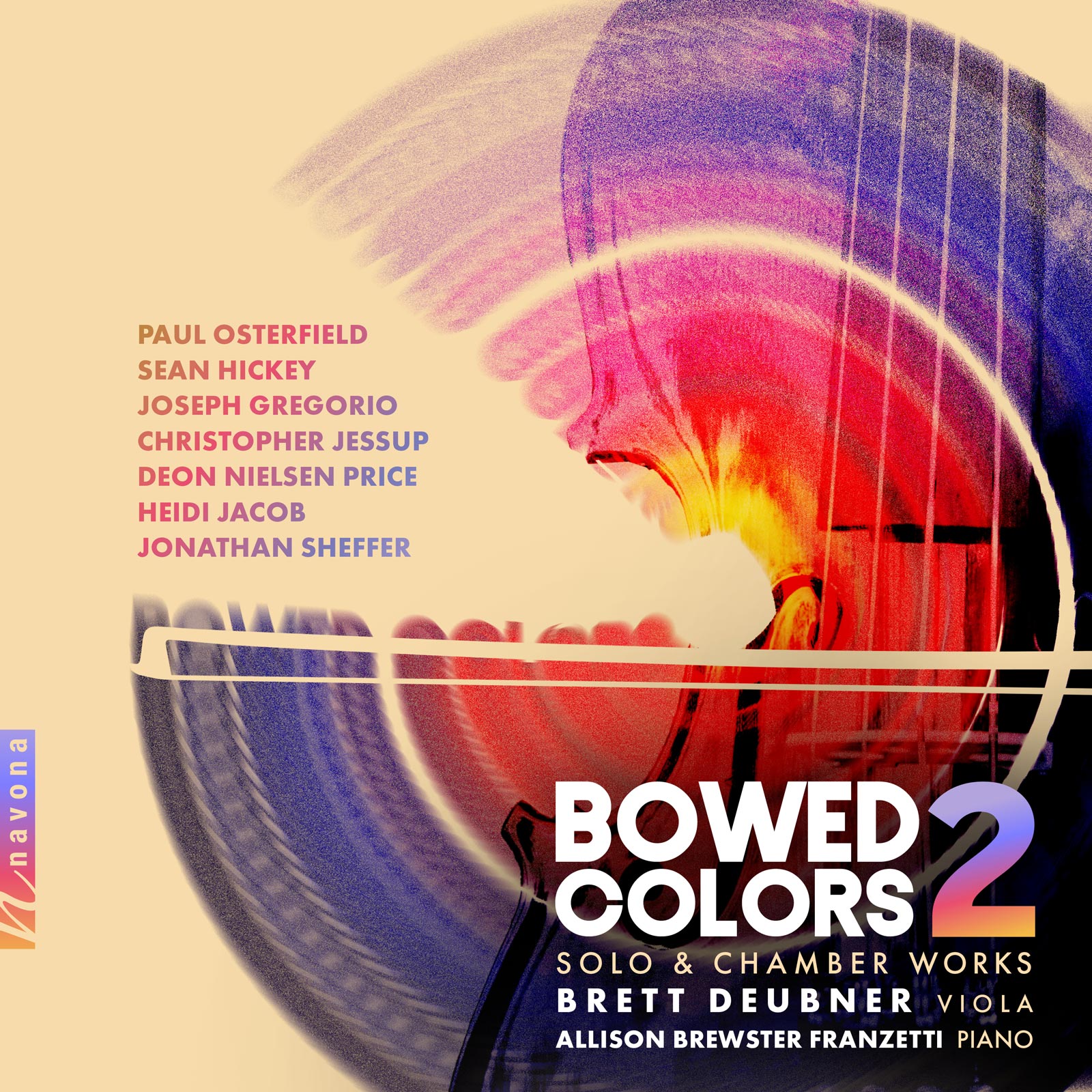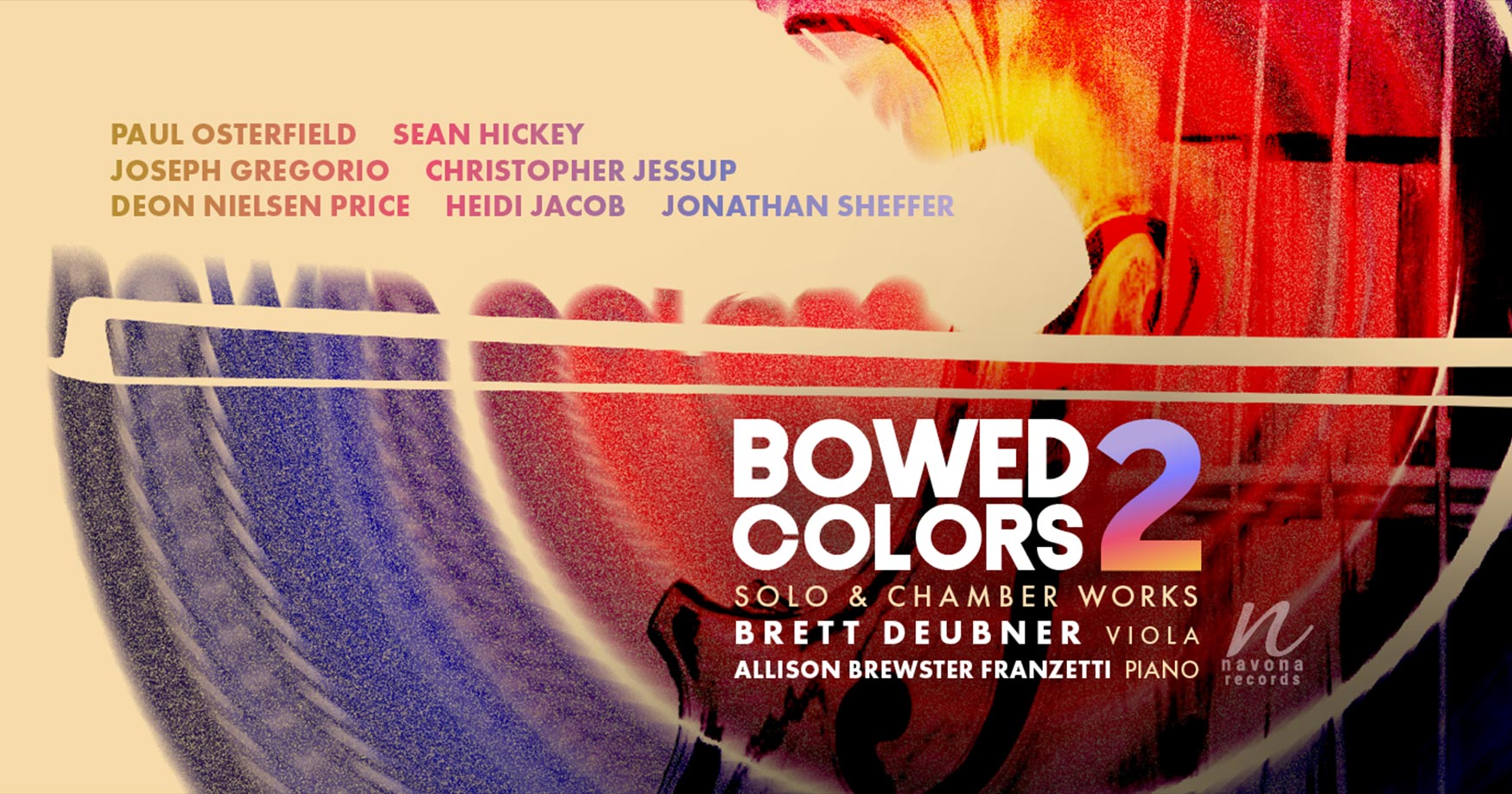
On BOWED COLORS 2, violist Brett Deubner tackles a vibrant collection of Bach-inspired compositions for the viola. A bonafide virtuoso of international acclaim, Deubner set his sights on the works of seven American composers, and the result is a dynamic album of showstoppers for the alto voice of the string family. Baroque structure unites with contemporary fervor in this program, and Deubner’s solo viola (occasionally accompanied by piano) entwines both, brimming with vigor and precision.
PARMA Content Writer Shane Jozitis recently connected with the composers of BOWED COLORS 2 to learn more about the inspirations, processes, and realizations behind their works. Read on for an exclusive deep dive into the creative minds behind this Navona Records release.
SJ: What specific energies do you remember channeling during the composition process, and how do they shine through your piece?
DNP: In composing Stile Antico I applied contemporary techniques to develop some of its ancient musical seeds. “Chromos” is related to the Greek chromatic tetrachord, which had half-steps and anticipated our chromatic scale. Like Bach, who often focused on contrapuntal development, I presented the four statements of the “wild and fast” chromatic passage using canonic devices. The passage is presented first; then in retrograde, then in inversion, and finally, in retrograde inversion. The folk-like melodies in “Tonos“ are based on diatonic tetrachords of the Greeks, five of which are employed in the movement. “Concitato” is inspired by the agitated style developed by Monteverdi to depict battle scenes, as in “Il Combattimento di Tancredi e Clorinda.” Monteverdi’s tremolando is in groups of four repeated notes; whereas, in “Concitato,” groupings are in 5’s, 7’s, and 9’s, in keeping with my frequent use of irregular rhythms.
HJ: Metamorphosis I was originally written for cello, the instrument I studied at The Curtis Institute of Music and Juilliard School. This arrangement for viola and piano follows a long tradition of cello works performed on the viola. Although there is much that is similar between the instruments, the viola strings are an octave higher than the cello. I was fascinated by the variance in tonal color between the instruments. The viola brings a different meaning to much of the piece, by pushing against the edges of its sound, making the composition more driving, forceful and intense.
SJ: Are there any unique characteristics of this instrument that you sought to bring out through your composition? What techniques were employed in the process?
JS: The viola, with its hybrid sound and mismatched dimensions can become delicate in only the most deft hands, but when played by a real master, has the potential to surprise in a way the violin is rarely surprising. Writing for the viola is an exercise in aspiration, hoping for the highest level of expression to be reached.
SH: My wife says I always root for the underdog and she’s mostly right. I have loved the sound of the viola almost as long as I can remember, and can’t quite understand the scorn — though most humorous — heaped on it. It has its celebrated burnished tone, blends extremely well, and displays a completely different tone in the top register from the violin which I find engaging. I’ve also been concerned with the physiology of the playing of the instrument, and how a C sounds different on a violin/viola/cello, not entirely due to the size of the instrument but to the effort each takes to produce the same note.
SJ: Constraints can be an important part of creativity. What’s the primary driver for your expression — tradition, innovation, or perhaps a balance of both?
CJ: I definitely believe in a balance between tradition and innovation. It is important to develop your own voice as a composer, but that does not mean one should ignore compositional techniques that have been used for hundreds of years; these serve as the foundation for all great music. As a pianist, I have studied both Bach’s Well-Tempered Clavier and Beethoven’s piano sonatas. These pieces gave me a masterclass in orchestration, counterpoint, and harmony, which are all vital skills for being a composer. The marriage between the structure of a composition and its inventiveness is key.
HJ: The constraint I impose on much of my writing is the use of the pattern of 12 note rows, their variants, along with compilations of several rows. Yet, this is contrasted by use of some triadic harmonies, at times soaring melodic lines — influenced by my love of romantic music — and a quasi-minimalist technique of moving through smaller melodic units of notes. These techniques are only that — musical decisions are motivated by the dramatic effect I want to create. The process of moving through the rows gives a sense of harmonic direction and also provides and facilitates a more diverse approach to melodic content.
SH: I generally have a hard time writing anything without some tacit acknowledgment of constraint. Longitude is a somewhat rare example of a work that I did not write on commission — I just wanted to explore the viola and in combination with the piano. Longitude has no such historical baggage, but began with the simple exploration of a couple of intervals that I was fairly sure would sound well on the viola. As I began, I explored more deeply the discovery — if it can remotely be called that — of one of the greatest of all time, the east-west position of a point on earth, which was calculated many hundreds of years after its counterpart, latitude but first proposed by the ancient Greeks. I find I work best with some form of extra-musical inspiration, if not a pre-existing form.
SJ: What did your personal journey look like in writing your piece? Did this setting lead to any new discoveries as a composer, or solidify any known truths?
JS: When you strip away all of the tinsel, that is when you see what the tree really looks like. Music busy with layers of accompaniment may not reveal the paucity of good counterpoint. Writing for a solo instrument is a kind of lie detector, where it’s impossible to hide the truth!
SJ: Well said, everyone. Thank you for joining this roundtable discussion on BOWED COLORS 2.
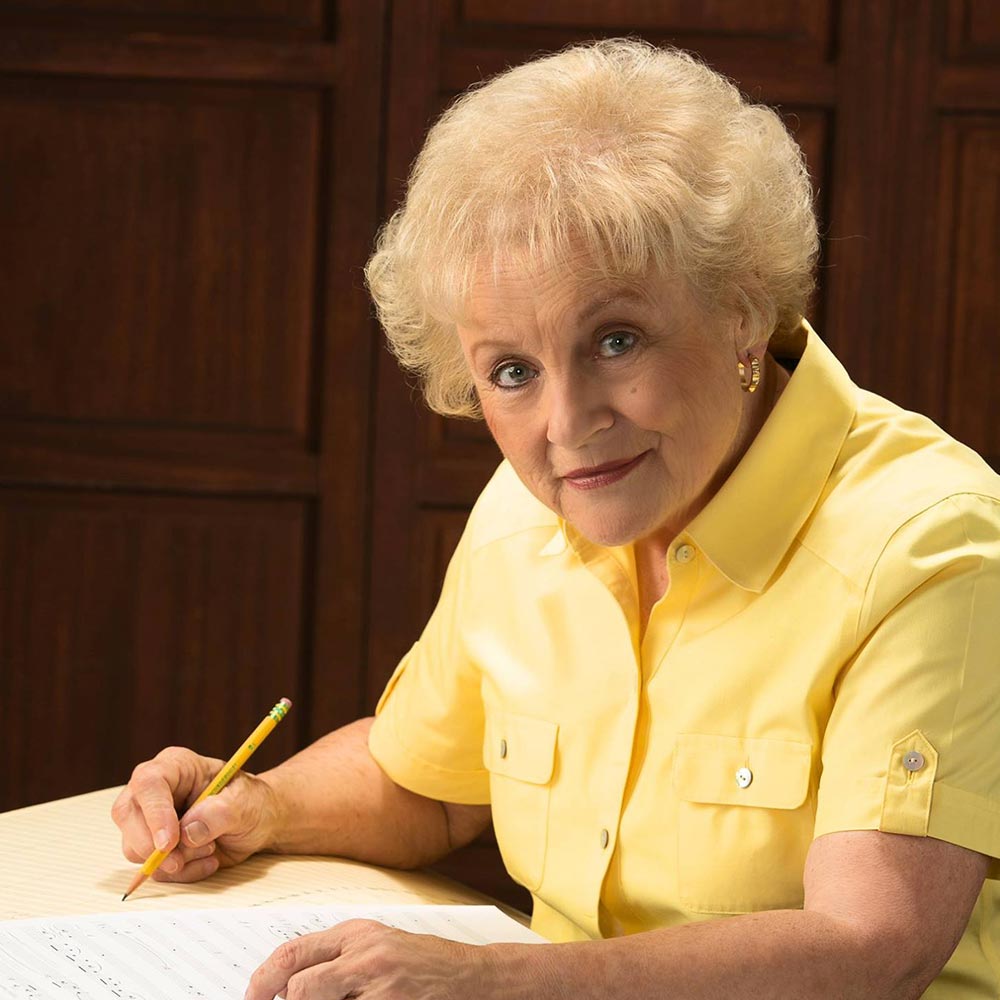
The deep humanitarian concerns that permeate much of Dr. Deon Nielsen Price’s music is represented in her duo War Ends-Song Endures, a tribute to the valiant spirit of Ukrainians, premiered in 2023 at the Mu Phi Epsilon International Convention in Texas by flutist Rik Noyce and commissioning pianist Mary Au. Named the "Tom Brady of Composers" (New York Times 12/24/2022), Price feels honored to represent octogenarian composers who are still professionally active. She was a Winner of The 2023 American Prize in orchestra for her Chamber Symphony as well as a finalist for The 2023 American Prize in vocal chamber music for her song cycle Ludwig’s Letter to Eternal Beloved, and, in opera/theater, for her chamber opera, Ammon and the King, Immigrant Speaks Truth to Power. Her Oratorio CHRISTUS was premiered and recorded in the Salt Lake Tabernacle in June 2023.
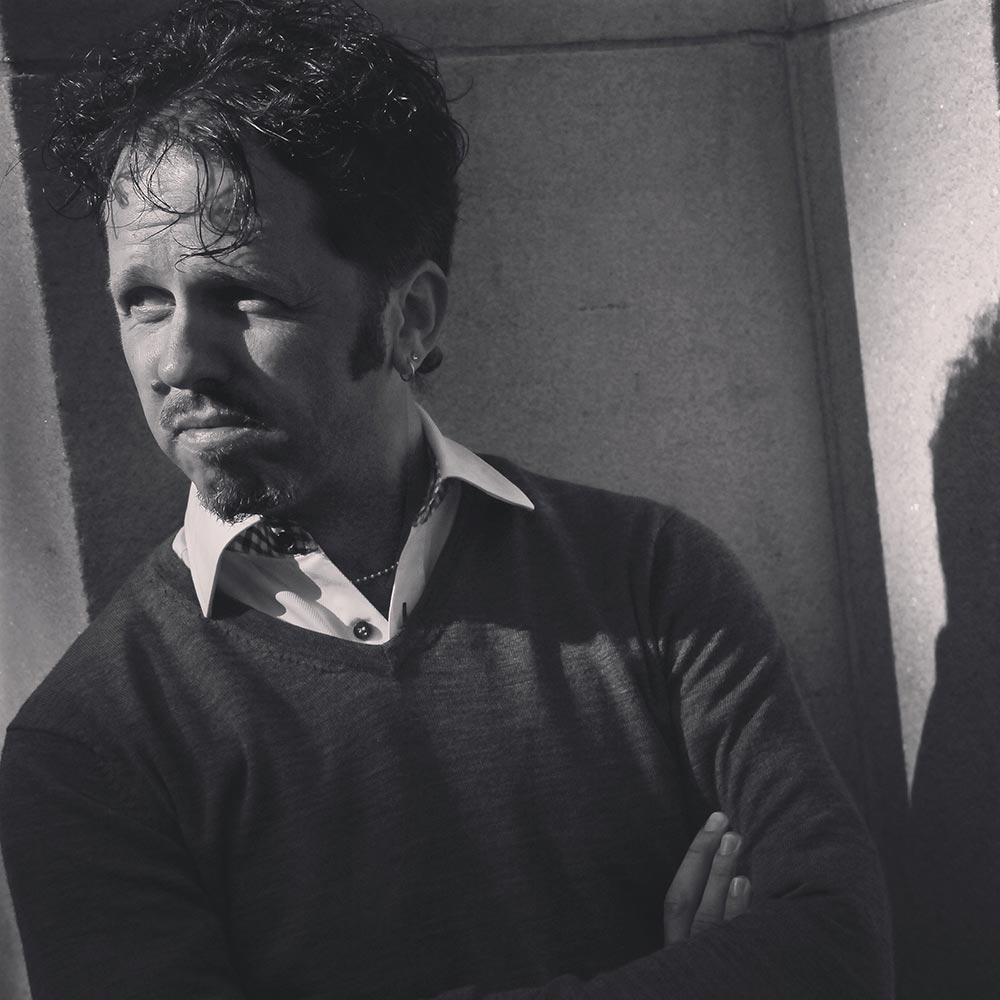
Born in Detroit MI in 1970, Sean Hickey’s earliest music education began at age 12 with an electric guitar, a Peavey amp, and a stack of Van Halen records (the early ones of course). He studied jazz guitar at Oakland University, later graduating with a degree in composition and theory from Wayne State University. His primary instructors were James Hartway, James Lentini, and Leslie Bassett. After moving to New York, Hickey pursued further studies with Justin Dello Joio and Gloria Coates. His works include a symphony (Olympus Mons), concertos for clarinet, cello and mandolin, two string trios, a string quartet, a flute sonata, a woodwind quintet and trio, numerous pieces for solo instruments, church, theater and orchestral music.
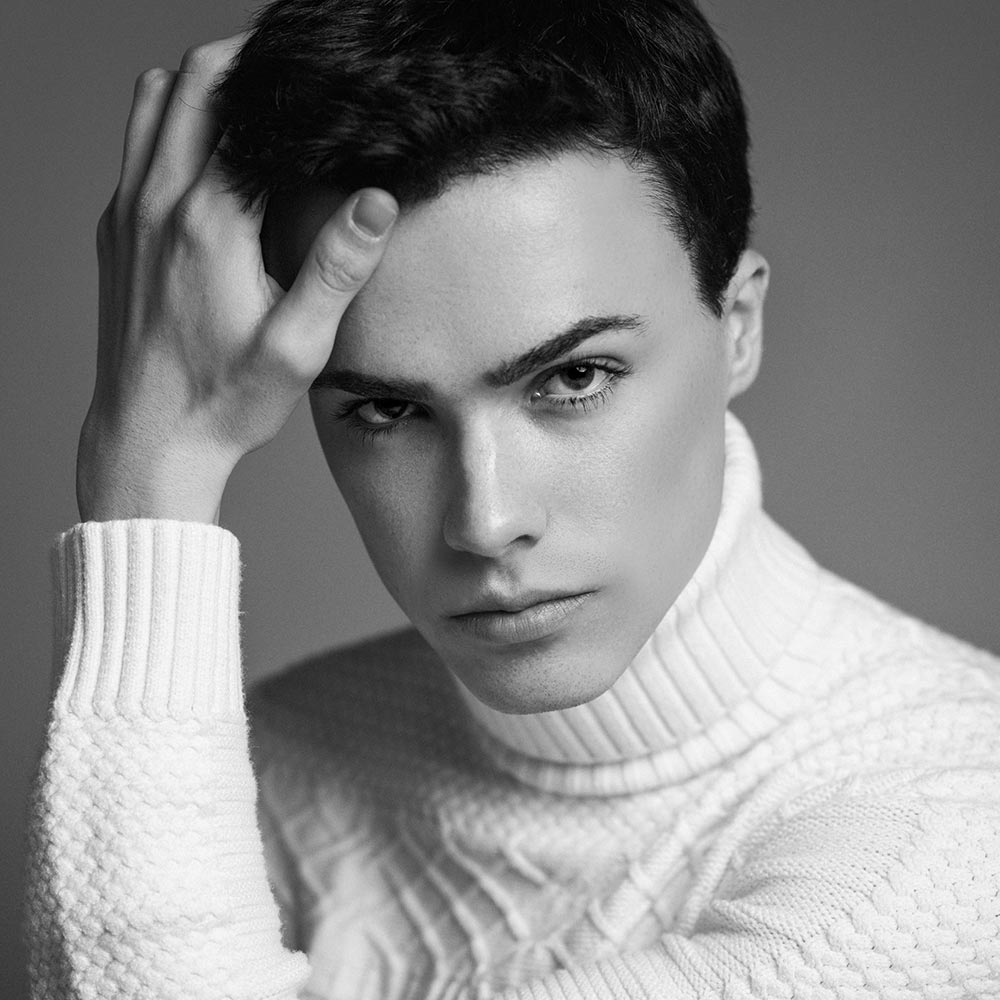
American composer and pianist Christopher Jessup is an award-winning artist of formidable prowess. Jessup has garnered international acclaim, with critics praising his “imaginative handling of atmosphere” [Fanfare Magazine] and “high standard of technique” [New York Concert Review]. Furthermore, he has performed at Carnegie Hall countless times, soloed with distinguished orchestras across the globe, and collaborated with some of the finest artists and ensembles of our time.
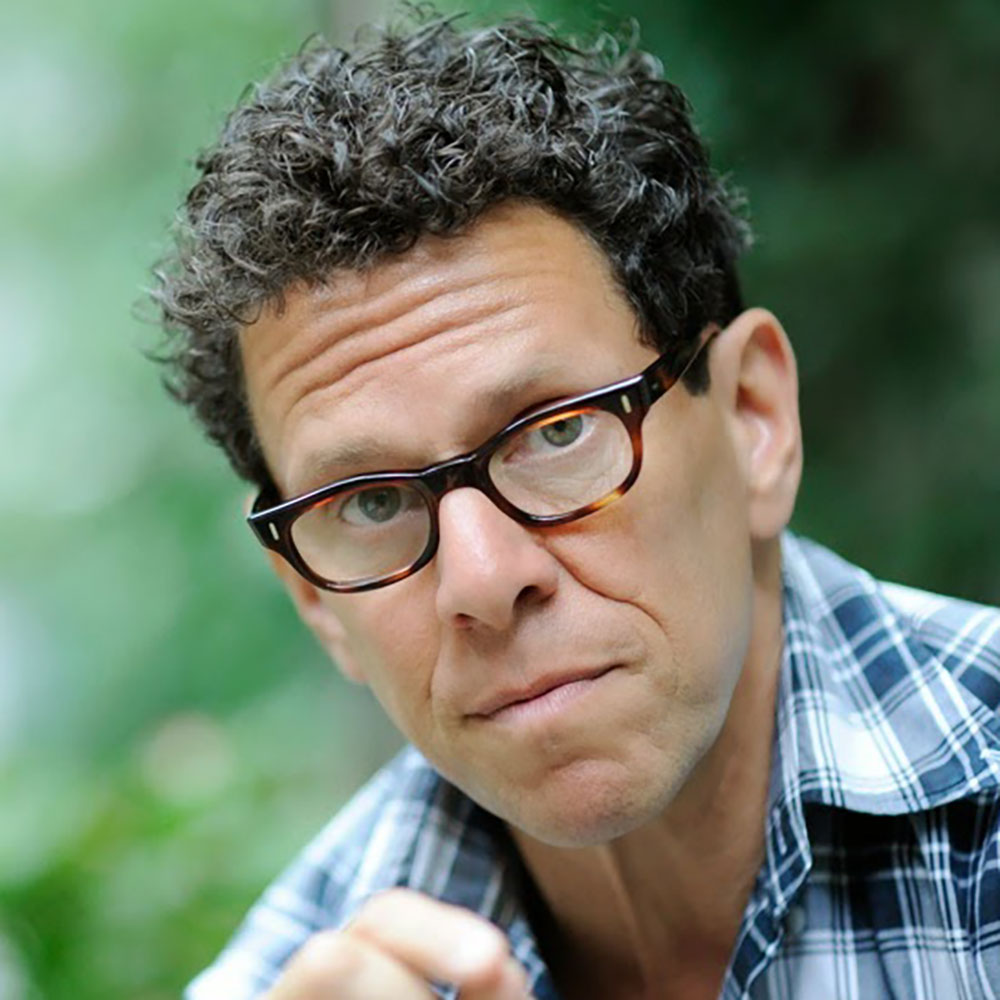
Jonathan Sheffer is a Grammy-nominated composer and conductor whose diverse career in music spans the worlds of classical, opera, dance, and film and television. Born in New York City, Sheffer graduated from Harvard University, where his teachers included Leonard Bernstein, and later attended The Juilliard Extension School and the Aspen School of Music.
Sheffer’s range of works comprises television and feature film scores, works for orchestra, solo piano, concertos, musicals, and short operas. In addition to several scores for Hollywood films, including Encino Man, Pure Luck, A Shallow Grave and others, his most recent films include the documentaries Mann v. Ford (HBO) and the German/Israeli film, The Decent One, which premiered at the Berlin Film Festival.
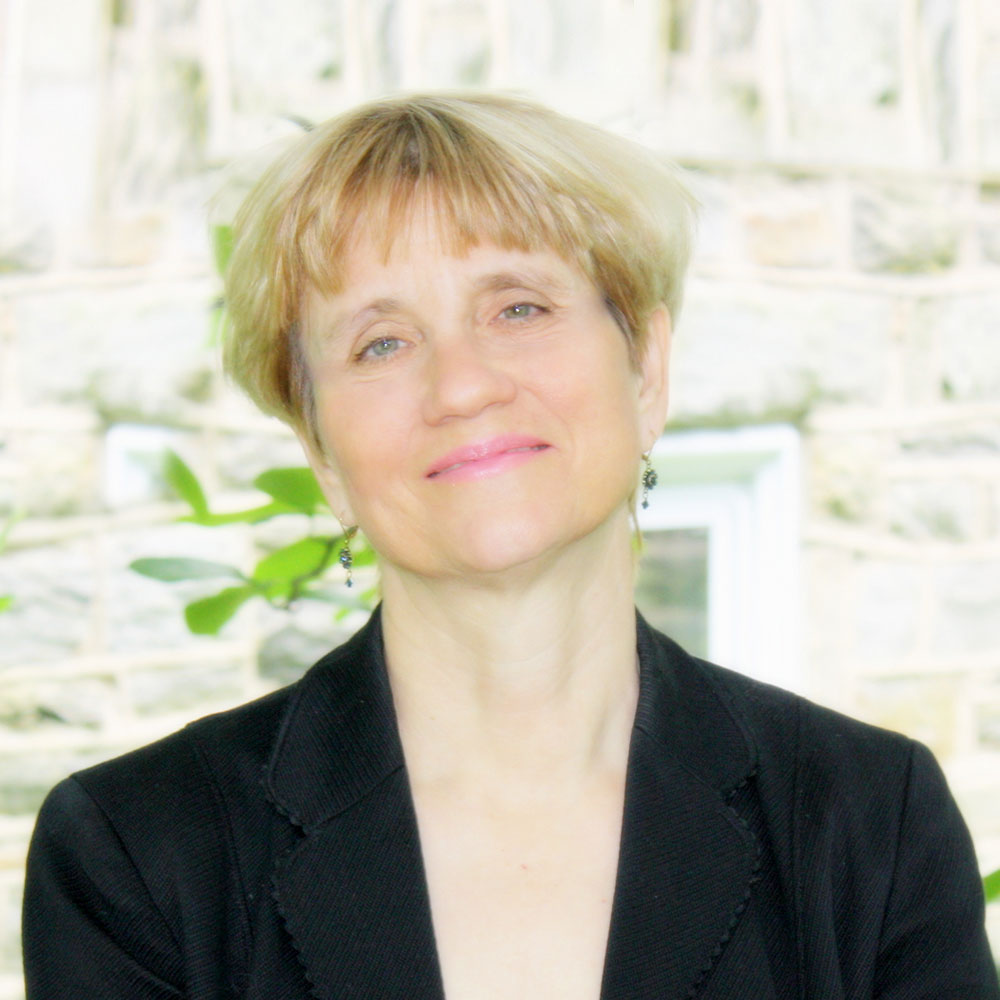
Heidi Jacob’s music has been described by BBC Magazine as “compositions …of complex mesmerizing beauty,” and by Gramophone Magazine as music with “…forthright expressiveness [that] exposes a multitude of stylistic associations.” Praise for her recent recording on Navona Records of Lilacs with the Kühn Choir of Prague include: “the music is simply breathtaking,” (Nicholas Wright) “…Jacob writes music of imagination and adventure…voices interweave hauntingly… ascending to towering heights,” (Textura), and “Heidi Jacob’s Lilacs opens with Kristýna Fílová’s soaring soprano… Amina Robinson’s narration amid the sublime choral harmonizing.” (Take Effect)


